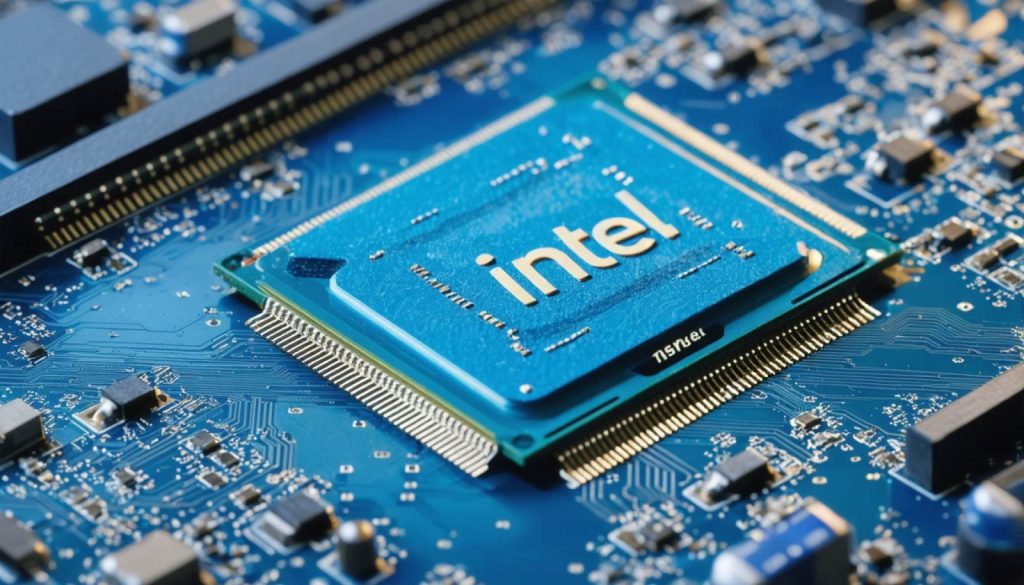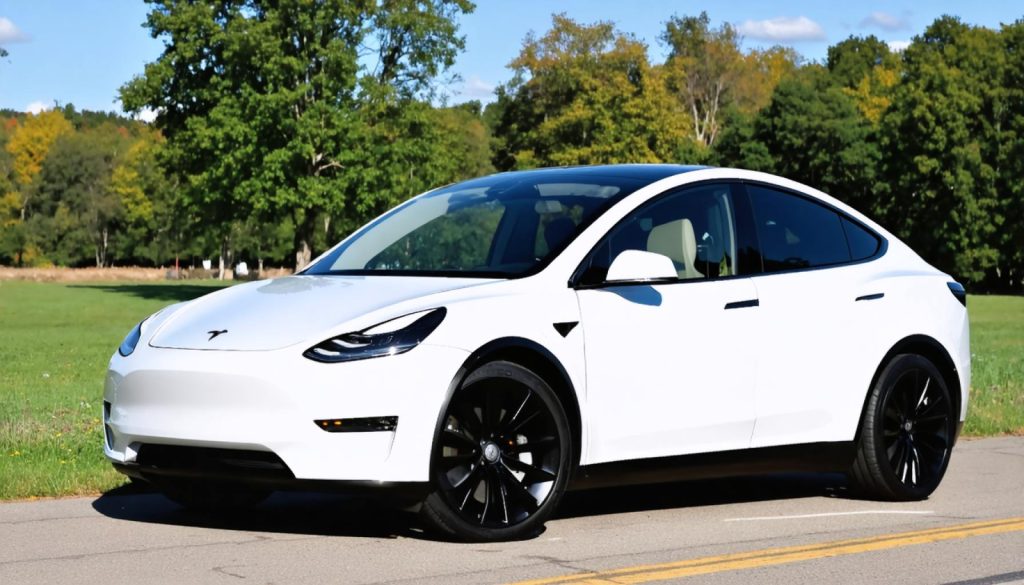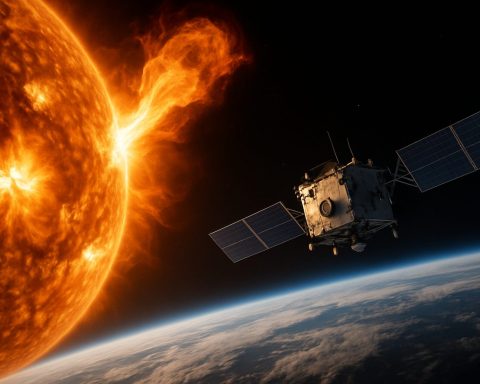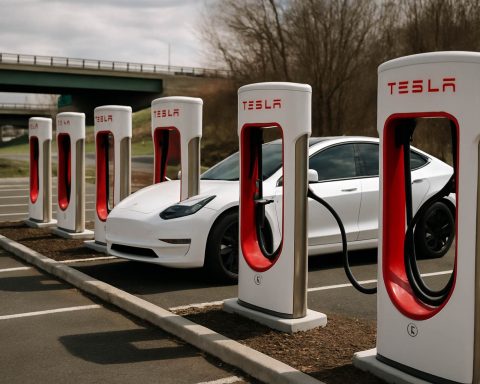- The SpaceX Dragon capsule safely returned four space tourists, marking the conclusion of a historic mission circling Earth’s polar regions.
- Led by Bitcoin investor Chun Wang, the Fram2 mission was named after a historic Norwegian ship, setting new milestones in private space exploration.
- The crew consisted of a Norwegian filmmaker, a German robotics expert, and an Australian polar guide, making them the first to orbit above both poles.
- The mission featured scientific experiments, including capturing the first X-ray in space and fostering sustainable life support systems.
- The mission’s design emphasized astronaut self-sufficiency, providing critical data for future, longer space journeys.
- The Pacific Ocean was strategically chosen for the capsule’s re-entry due to safety considerations.
- The Fram2 mission signifies a new era of private space travel, inspiring future exploration beyond Earth’s boundaries.
As the cold, serene waters of the Pacific Ocean embraced the SpaceX Dragon capsule, four pioneering space tourists successfully marked the conclusion of an extraordinary mission. This wasn’t just any mission—it was an audacious odyssey charted by Bitcoin investor Chun Wang, circling both the North and South Poles from space in a dazzling feat of modern exploration.
Imagine gazing out the capsule’s domed window, where Earth unfurls 270 miles below, offering an uninterrupted panorama of the planet’s most desolate yet mesmerizing landscapes. This mission, named “Fram2” in homage to a historic Norwegian exploration vessel, embarked from NASA’s Kennedy Space Center, hurtling its crew skyward in a blaze of ambition and cutting-edge technology.
On this historic adventure, Wang was joined by an eclectic crew: a Norwegian filmmaker with a keen eye for capturing the world’s beauty, a German robotics researcher pushing the bounds of machine intelligence, and an Australian polar guide bringing intimate knowledge of Earth’s most extreme environments. Together, they became the first humans to orbit above the poles, and their Pacific splashdown was a nod to fifty years of progress since the last similar homecoming.
“Framonauts,” as they were affectionately dubbed, partook in profound scientific endeavors. They captured the first X-ray in space, engaged in physical exercises devised to unlock secrets to maintaining health in microgravity, and cultivated mushrooms—each sprouting more than spores, but hope for sustainable life support systems on interstellar voyages.
Their journey, requiring over eight months of intensive training, was not one of pure spectacle. It aimed to catapult humanity into a future where the understanding of health in space conditions is paramount. The mission’s design involved no post-flight assistance upon re-entry, offering priceless data about astronaut functionality post-mission—a pivotal consideration as space travel extends beyond brief journeys.
SpaceX, steered by Elon Musk’s vision, chose the Pacific for its strategic advantages. Safety reigns supreme over the allure of a dry landing, emphasizing the company’s commitment to innovation tempered with caution. This historic return evokes memories of NASA’s 1975 Apollo-Soyuz crew, the last occupants of a spacecraft to meet the Pacific’s embrace.
As space exploration continuously redefines limits, the Fram2 mission heralds a new epoch of private spaceflight—one not confined by Earthly borders. Standing on the shoulders of past explorers, this mission reflects a renaissance of discovery, dreaming big while persistently inching toward the stars.
In the shadow of their accomplishment, the call for exploration reverberates, inspiring future generations to leap into the unknown, in pursuit of unprecedented horizons. The Earth below may be known, but the vast beyond holds allure yet to be uncovered. This mission is a testament that the sky is not the limit—it’s just the beginning.
The Unseen Impact of Space Tourism: What Fram2 Taught Us About the Future of Exploration
Overview of the Fram2 Mission
The Fram2 mission was a remarkable achievement in space tourism and scientific exploration. Proposed and funded by Bitcoin investor Chun Wang, this expedition wasn’t just about luxury travel in space but a deeply rooted scientific journey. It highlighted the potential of commercial spaceflight and opened doors for new scientific studies and the possibilities of interstellar living.
Pressing Questions and Answers
1. Why was the Fram2 mission considered groundbreaking?
The Fram2 mission was notable because it was the first to orbit both the North and South Poles, a feat that had never been accomplished before by a human-crewed spacecraft. The diversity of the crew, including experts in film, robotics, and polar exploration, brought unique perspectives and skill sets to the mission, aiding in the comprehensive study of Earth from space.
2. What were the primary scientific contributions of this mission?
A few key scientific endeavors included:
– First X-ray Capture in Space: This was a significant medical and scientific achievement, providing data on radiation protection and medical diagnostics for long-duration spaceflights.
– Microgravity Health Studies: The crew engaged in physical exercises to aid research on maintaining astronaut health, addressing challenges posed by prolonged periods in microgravity conditions.
– Mushroom Cultivation Experiment: This project aimed to explore sustainable food sources, which are crucial for long-term missions. Mushrooms were found to thrive in space, hinting at potential solutions for in-space agriculture.
3. How did the Fram2 mission emphasize safety over spectacle?
Safety was paramount, as evidenced by SpaceX’s selection of the Pacific Ocean for landing, drawing from historical precedence and safety measures over a dramatic dry land touchdown. The Fram2 mission did not require post-flight assistance upon re-entry, a testament to the crew’s extensive preparation and the robustness of their training and technology.
Market Forecasts & Industry Trends
The Rise of Space Tourism: The success of the Fram2 mission shows the burgeoning interest in private space travel and its feasibility. In the coming years, the industry is expected to grow, driven by innovations in spacecraft design and the decreasing cost of space technologies.
Long-Term Space Habitation: As missions continue to test the resilience of humans in space, investments in extraterrestrial agriculture and health will become crucial, potentially paving the way for colonization efforts on other planets.
Controversies & Limitations
High Costs and Accessibility: Space tourism remains a luxury only a select few can afford, raising ethical concerns about who benefits from space exploration. However, ongoing technological advancements may reduce these barriers over time, making space travel more accessible.
Pros & Cons Overview
Pros:
– Pioneering scientific research and potential for future space missions.
– Broader inclusion of diverse experts, fostering interdisciplinary collaborations.
– Contribution to understanding human health in space.
Cons:
– Currently limited access due to high costs.
– Environmental concerns regarding space flight’s impact on Earth.
Actionable Recommendations & Tips
– Educators can leverage interest in space missions to inspire students in STEM fields.
– Aspiring Astronauts should focus on developing skills in cryogenics, robotics, and health sciences, all crucial for future space exploration.
– Investors may consider supporting tech startups innovating in space agricultural systems or miniaturized health technologies.
The Fram2 mission was more than a journey above Earth’s poles; it was a step toward unlocking the cosmos. As we inch closer to an era of space colonization, missions like these remind us of the importance of curiosity, perseverance, and the relentless pursuit of knowledge.
For more about burgeoning space exploration ventures, visit the official SpaceX website here.













